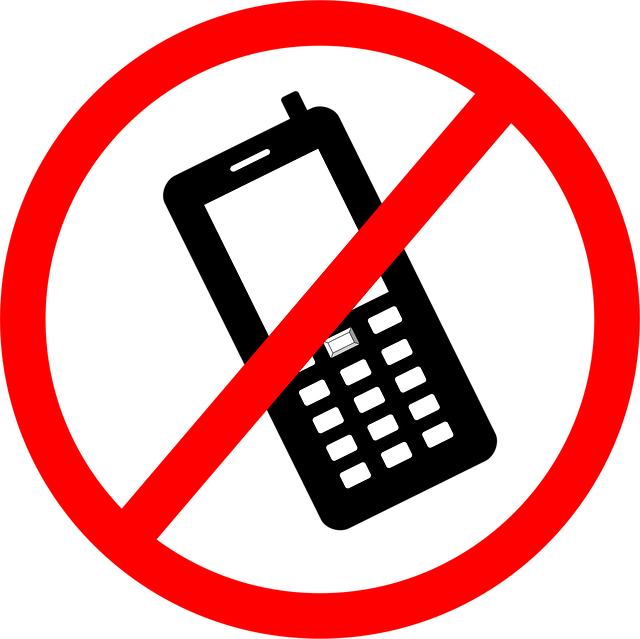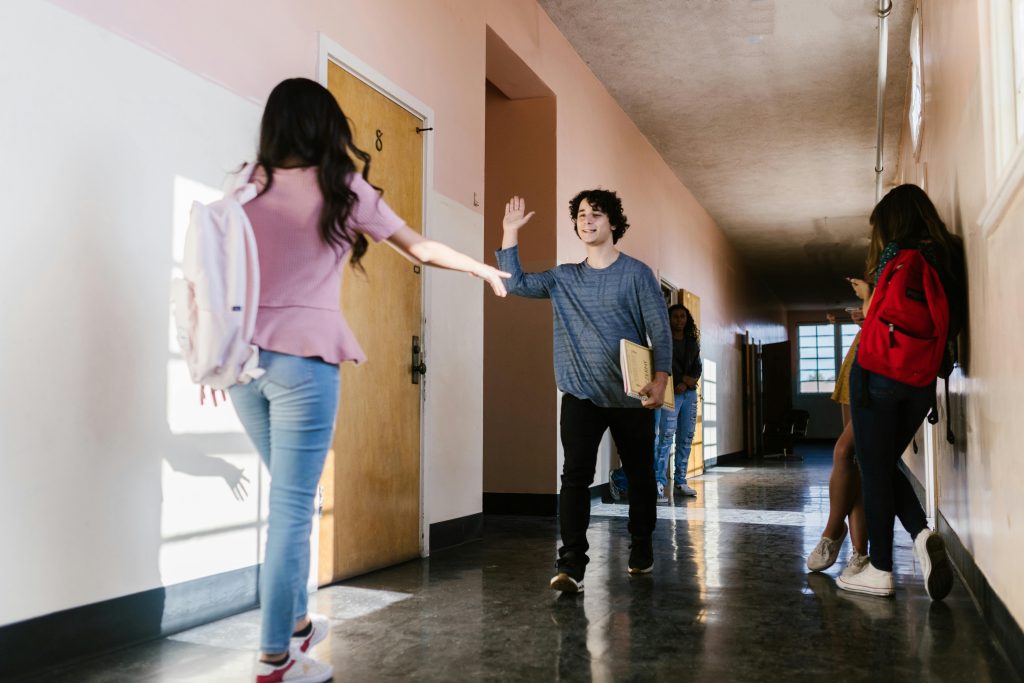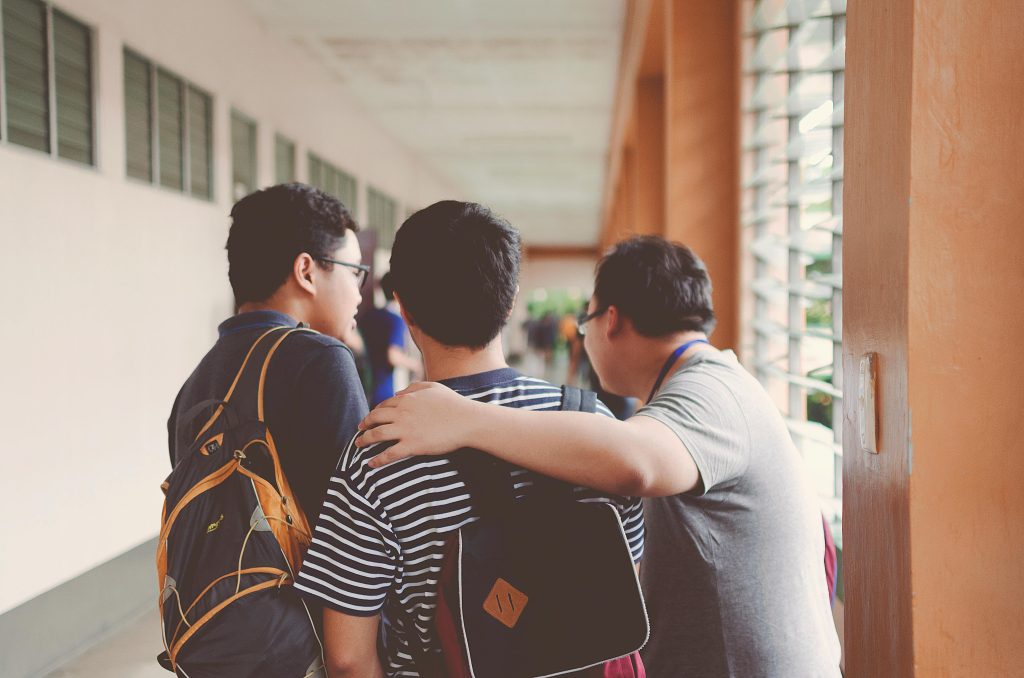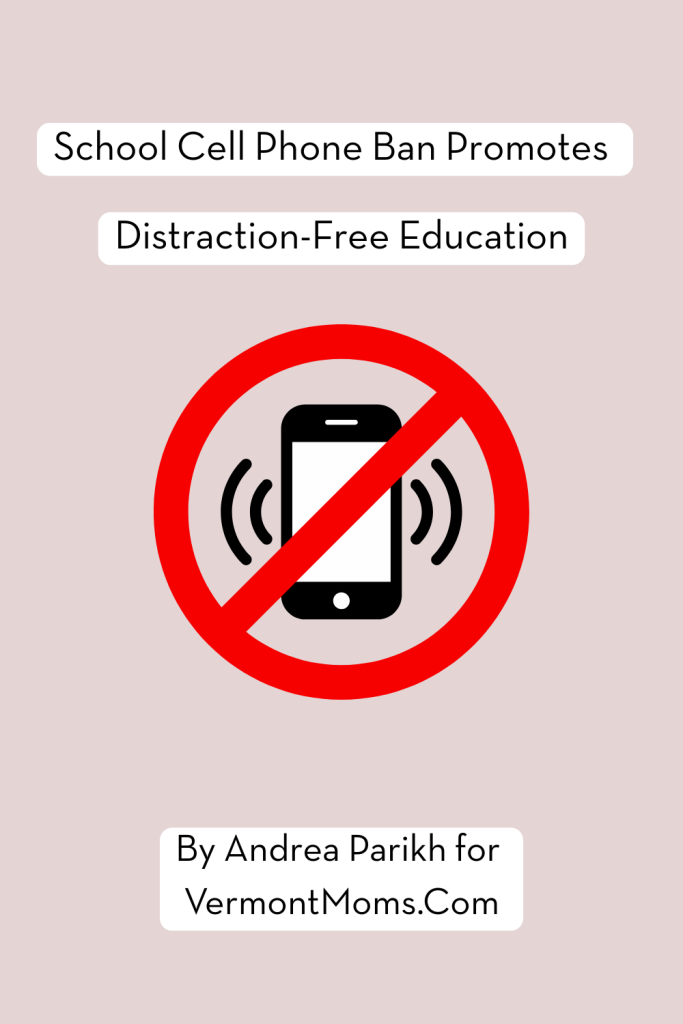A new statewide school cell phone ban in Vermont has become a hot topic of debate. I have big feelings about this and want to share why I am elated that this legislation has been passed.
Cell phones should be banned in schools because they add no value to the learning process, serve no purpose in an academic setting, and impede students’ ability to receive quality education. “VT Act 72, which was signed into law on June 27, 2025, requires all public schools in Vermont to establish and enforce policies that prohibit student use of personal electronic devices, including cell phones, from arrival to dismissal. This is a significant change, and it’s driven by a statewide effort to address youth mental health and improve academic focus,” stated John Muldoon, Superintendent of Mount Mansfield Unified Union School District.
This bell-to-bell school cell phone ban is a trend not only in the U.S., but worldwide, and for good reason. Adolescent brains are not mature enough to use cell phones responsibly, and it is unfair to put the burden of enforcing phone restrictions on educators.
Ask almost any high school teacher and they will tell you that cell phones are a constant distraction for students. Every single time a notification dings or vibrates, the student’s attention is pulled from the task at hand. Their neighbors’ attention is also diverted as they hear the vibration coming from their classmate’s pocket. Whether the notification recipient looks at the phone or not, their minds are now disengaged from the lesson being taught.

Smartphones are designed to be addictive. The dopamine hit a person receives from notifications, likes, and new content has been compared to that of a drug. Many adults admit to being obsessed with their phones. Do you ever look at your daily average and recoil? How do we expect a child to show restraint if we can’t? Cellphone addiction is a growing problem for adults as well as adolescents, as Catherine Price explains in How to Break Up With Your Phone.
Yes, you can turn off notifications and set limits and parental controls. But even if the adolescent makes it through that 42-minute class without looking at their phone, you better believe they’re going to walk through the hallways eyes fixed on the phone without looking up again until they reach their next class. And in doing so, they are missing out on so much.
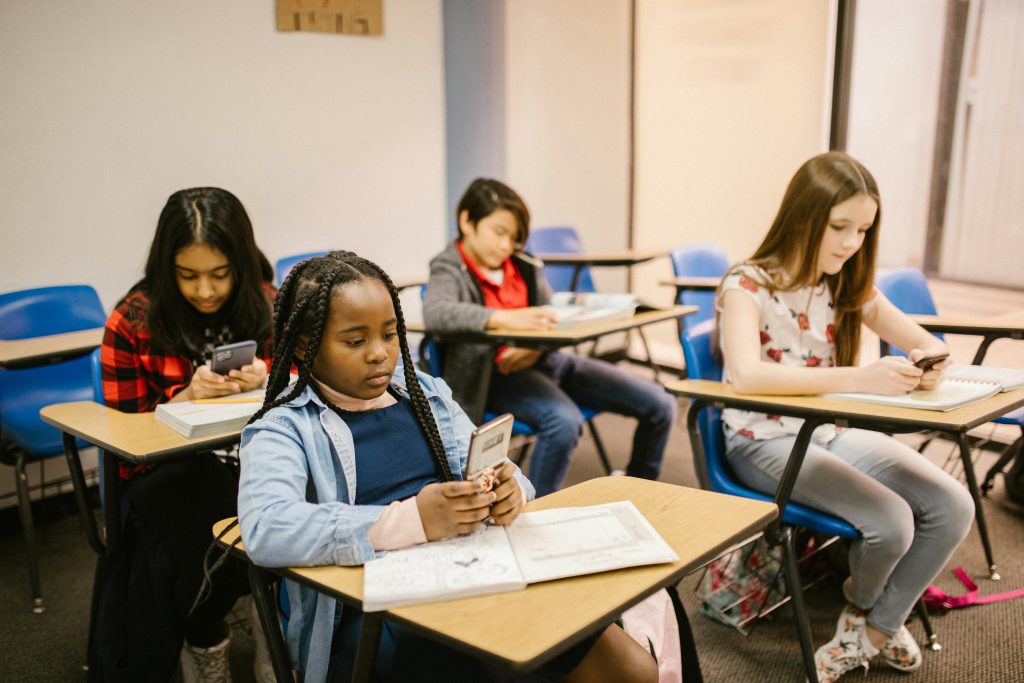
A school cell phone ban allows students clear boundaries, consistent regulation, and support. Students deserve the opportunity to have a distraction-free educational experience. Distraction-free learning is better for their education and for their social and emotional health.
Furthermore, it should not fall on teachers to be the cell phone police, which is what has been the case in recent years. The daily struggle of competing for kids’ attention is exasperating- ask any teacher. School cell phone bans will be beneficial for students and administration alike, as it will be easier to have a united front throughout the building. Currently, because the rules are so loosely enforced, students are allowed phones in some places but not others. The teachers who try to enforce the rules get heavy pushback from students because other teachers do not enforce the rules, either due to apathy or due to exhaustion from constantly having to tell kids to put their phones away during a lesson.
Being the cell phone police should not be part of an educator’s already demanding job, nor should cell phones be allowed to impede students’ actual job of learning. A school cell phone ban solves these problems.
As with most rules, there are exceptions. Students are allowed to use cell phones for health-related or school administrator-approved educational purposes. Special educators are also able to use cell phones to communicate with support staff as needed. These exceptions are in place because there is no other option. The concern that the policy will bring attention to those people is valid, but rather than fearing it will be divisive, maybe it can be a lesson in acceptance and inclusion.
There have been countless studies explaining the negative effects of smartphone addiction. The Anxious Generation brought attention to the four foundational harms caused by unrestricted smartphone use in adolescents – social deprivation, sleep deprivation, attention fragmentation, and addiction. The performative culture of social media fosters cyberbullying. The ever-changing digital landscape has changed the way we interact and recreate. This lack of face-to-face connection results in a loss of genuine community and no sense of true belonging, which is what our children really need, more than they need phones.
Imagine a lunchroom where instead of kids staring at their phones, they interact. They talk with one another, they socialize – IRL! Remember that kid who got a notification during class and checked their phone en route to their next class? They missed the opportunity to chat with a friend, to see the flyer for an upcoming club meeting, to greet a teacher, to smile at a crush.
Socialization has changed, and not for the better. Adolescents are more anxious, depressed, and isolated than ever before. This is certainly in part due to the false sense of connection they get through their phones.
It is a devastating fact that school safety is a concern in our country. I agree with the parents who say we are banning the wrong thing. However, until we have common-sense gun laws and safe schools, we need to understand the facts about the use of cell phones during an emergency. Contrary to popular opinion, a school cell phone ban may be what kids need to be safe.
National School Safety and Security Services explains in detail how using cell phones can negatively impact school safety. In short, in the event of an emergency, the students’ focus needs to be on the teacher – the one person communicating with law enforcement and also doing everything in their power to keep students safe. Being on a cell phone during a lockdown has the potential to alert an intruder as to a person’s whereabouts. There is also the possibility for misinformation to spread rapidly, as was the case in Montpelier in 2023, when during a lockdown, student texts made the situation worse by circulating a rumor that two students had been shot when there was no shooter there at all. It turned out to be a hoax. Additionally, cell phone line interference can be tragic if law enforcement cannot reach necessary support when needed. It is imperative, and possibly lifesaving, that students allow the people in the know to manage the situation.
Real talk here – the loudest critics of the cell phone ban are parents, not students. The need to be in constant contact with children is a new phenomenon that has arisen with the popularity of cell phones. I am not saying we should go back to the 1980s and not see our children until the streetlights come on, but I am saying we should encourage a healthy dose of autonomy for both parents and children.
Kids lose out on valuable life skills when they are not given opportunities for independence.
If a parent needs to contact their child during the day, they can call the school office. They can send an email or text that can be checked at the end of the day. If there is an urgent need to pull the student’s focus away from class, it can be done through the front office. There is never a need to disrupt a child in class to discuss end-of-day plans.
Cell phones should be banned in school because they add no value to a student’s academic experience.
The Digital Literacy curriculum in our school district shows a detailed outline of when certain technologies will be introduced, what these technologies are used for, and the level of proficiency being taught in each grade. Children learn how to use computers, Chromebooks, tablets, and calculators. My kindergartner even had a lesson on stop motion animation using the camera on an iPad. All of these technologies have a place in schools. Students do not need cell phones in school in order to complete schoolwork.
While there are a myriad of great alternatives to smartphones, and despite widespread school cellphone bans, cell phones are here to stay. We, as parents, need to teach our children how to use these devices responsibly.
We (Gen X, Zennial, and Millennial) parents are also among the first generations navigating this digital world and aren’t fully prepared with the knowledge or the resources on how to do that. Neither are teachers, so why do we put the onus on them? Until there is a Digital Education that includes cell phone use, we need to accept the fact that adolescents cannot regulate this themselves.
This is not prohibition. This is restriction. A boundary. We are setting an example and demonstrating responsible use. Take alcohol, for example. It is not prohibited. It is restricted by age, as we know that it is dangerous for children to consume. Another example of how we use restrictions to keep young people safe could be a driver’s license. When a person becomes old enough, we allow them to take a course and then take a test to prove they can drive safely. Maybe that should be a requirement for a person to use a cell phone. I say that partly in jest, but it is increasingly clear how addictive and problematic excessive phone use can be at any age.
A school cell phone ban must exist until there is proper education in place for students, specifically adolescents, that teaches them how to use phones responsibly.
Schools across the state, the country, and the world that have already implemented a bell-to-bell cell phone ban have reported positive results across the board. “Harwood teachers and students expressed satisfaction, and even relief, with the bell-to-bell phone ban.” In Australia, it’s been two years of “stronger lesson starts, fewer interruptions and better flow in teaching.” Students are socializing more. They are getting better test scores. They are more engaged in their community. They are feeling less anxious, more connected, and happier all around.
Don’t we owe it to our children to offer them this level of quality education? I think so, and a school cell phone ban is a great start to achieving this.
Pin this post and be sure to follow Vermont Moms on Pinterest!
Vermont Moms Insiders get exclusive content that you do not want to miss, so sign up today!

